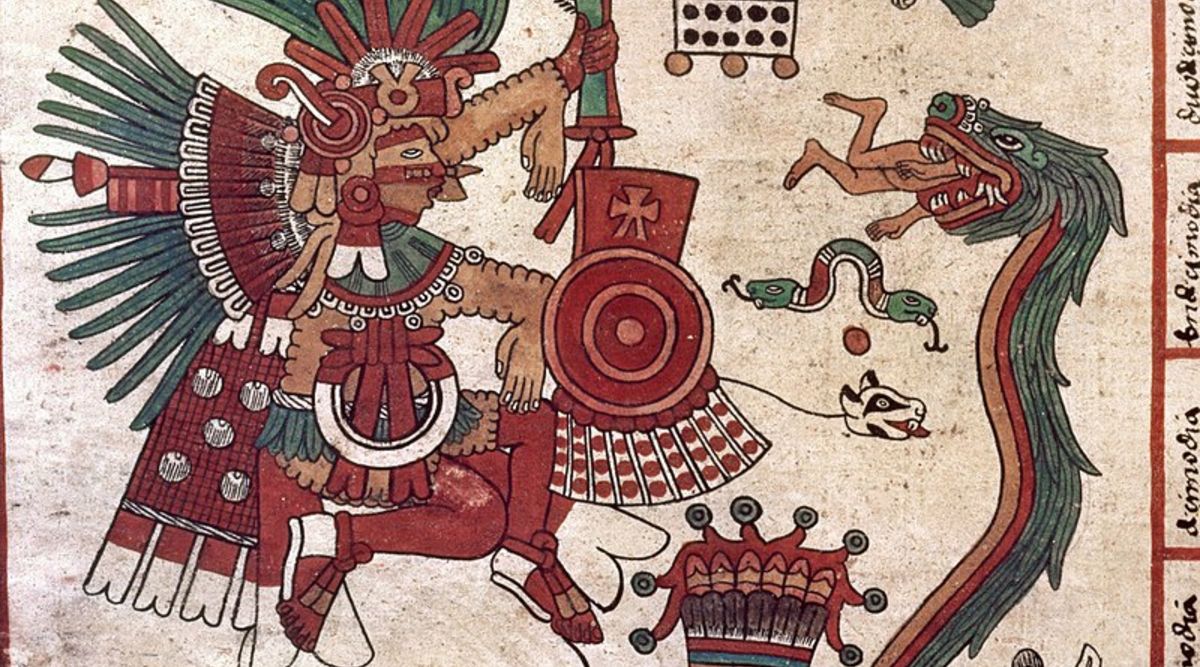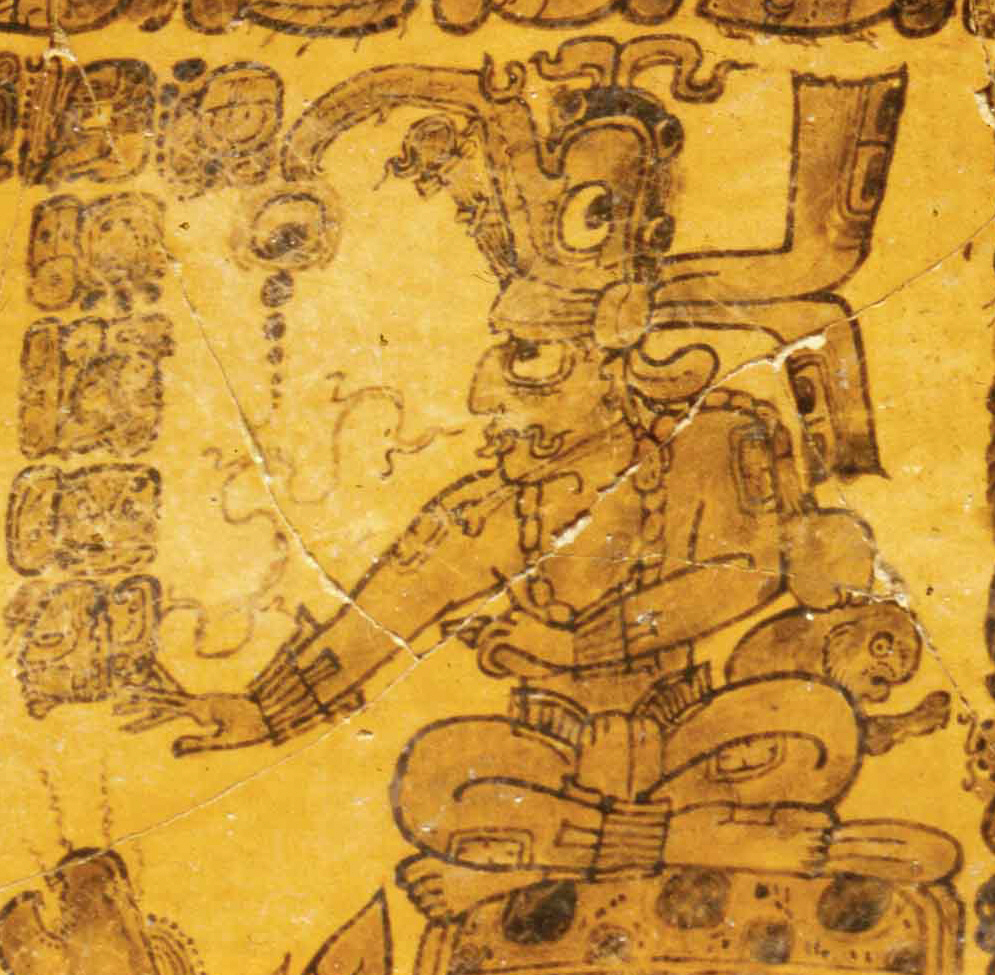Many Mexican mythical creatures and myths are well known worldwide. These include the Aztec feathered serpent god Quetzalcoatl, the Mayan sun god Kinich Ahau, and La Llorona, the spirit of a woman who suffocates in the water of her children and now wanders the Earth wailing for them.
Here are the best known Mexican mythical creatures In this blog post by Rasaneha, we will look at some of the most famous Mexican mythical creatures and learn more about them.
Top 5 Mexican Mythical Creatures
1.Quetzalcoatl: The Feathered Serpent God
Quetzalcoatl is perhaps the most famous Mexican mythical creature and is known worldwide as the feathered serpent god. He was a significant deity in the Aztec religion and was worshipped for his power and wisdom. Quetzalcoatl is often depicted with feathered wings and a snake-like body associated with air, wind, and fire.
According to legend, Quetzalcoatl was banished from Mexico by the other gods after creating havoc on Earth. He later returned to help the Aztecs defeat their enemies but eventually left after promising to return one day. Some believe that he will return in times of great need, and some say he has already come back as the Spanish conquistador Hernando Cortes.
Other Names
Quetzalcoatl (the feathered serpent) is also known by many other names, including Kukulkan and Gucumatz in Mayan mythology.
Depiction
In Aztec art, Quetzalcoatl was usually shown with a green or blue complexion and wearing clothes decorated with feathers. He was sometimes depicted carrying a snake-like scepter that represented wisdom.
Role of Quetzalcoatl
As one of the most dominant deities in the Aztecs’ religion, it’s easy to see how such an influential figure could become mythologized into something greater than life. He is often associated with the creation of humans, and his culture hero role was responsible for bringing many essential elements to Earth, including maize (corn) and fire.
2.Kinich Ahau: The Sun God
Kinich Ahau is one of the most important Mayan gods and was worshipped as the sun god. He is often depicted with a mask over his eyes to represent light, and he holds celestial symbols such as a knife or serpent in each hand. His name means “man of the sun,” and it’s easy to see why – Kinich Ahau had control over all aspects of this bright object that gives life on Earth.
Like many other deities from non-Abrahamic religions, there are several versions of what happened after Kinich Ahau died (or disappeared). Some say his brother Yum Chac took over as ruler of the heavens, while others believe he became known as Venus.
Other Names
Kinich Ahau is also known as Ix Chel in some myths, which means “rainbow goddess.”
Depiction
Kinich Ahau is usually shown in Mayan art with jaguar canine teeth and a large protruding forehead. He’s often depicted wearing an elaborate headdress decorated with feathers and wielding weapons such as knives or axes – these were meant to symbolize his power of creation and destruction. Other deities from this pantheon associated with fire include Sekhmet (Egyptian) and Xiuhtecuhtli (Aztec).
Role of Kinich Ahau
Kinich Ahau had various roles in Mayan mythology, including the god of maize, the patron deity of merchants, Lord over the harvest cycle, protector against famine, guardian over all living things on Earth, sun god, and more. As the sun god, Kinich Ahau’s job was to ensure that life predictably continued on Earth.
3. La Llorona: The Weeping Woman
La Llorona is a well-known Mexican folktale, and ghost story told for centuries. The legend of La Llorona tells the story of a woman who drowns her children in a fit of rage and then wanders the Earth for all eternity, weeping for them. Some say she can be heard wailing night or seen lurking near rivers and bridges.
There are many dissimilar versions of this tale, but most agree that La Llorona is vengeful and wants revenge on anyone she comes across. In some versions, she even kidnaps children to replace her lost ones.
Other Names
La Llorona is also well known as the Weeping Woman, the Crying Lady, and the Wailing Woman.
Depiction
La Llorona is often depicted as a woman with long hair, dressed in white robes, and carrying a baby. She is said to have an eerie appearance that leaves those who see her terrified.
Role of La Llorona
As one of Mexico’s most famous mythical creatures, La Llorona has appeared in various forms of media over the years – from movies and TV shows to video games and comics. While her role may vary depending on the story or medium, she is always portrayed as a tragic figure whose sadness and anger are palpable. Her story serves as a warning to children not to wander away from their homes and reminds adults of the dangers of losing one’s temper.
4. Dzulúm
The jaguar is the most powerful animal in Mexico because it symbolizes both strength and vision and revered Mayan gods. The legends of this creature are found in two different areas of Mexico; there’s a story about the dzulúm known as Balam, which means jaguar in Mayan. We’re told that this being must look after the land and crops. It resembles an older guy with a very long beard. There are four in each cardinal direction, each responsible for protecting its property.
Other Names
Dzulúm is also known as the Jaguar God, the Lord of the Jaguars, and The Great Spirit.
Depiction
In art, Dzulúm is often shown as a man with the head of a jaguar. He is typically depicted wearing a feathered headdress and carrying a staff or spear.
Role of Dzulúm
As the god of the jaguars, it was Dzulúm’s job to protect all life that lived in the jungle and ensure that nature ran its course. He was also responsible for overseeing agricultural ceremonies and ensuring good harvests. In some myths, he is said to help people who are lost in the jungle find their way home.
5. Cipactli
The Aztecs believed in Cipactli, a creature from their mythology. It was called the “black lizard” in English. It was often mistaken for a fish or crocodile or another beast. This monster is always hungry and has 18 mouths. According to legend, Tezcatlipoca had to offer his foot as bait to attract him. The gods fashioned the universe from this creature’s body.
Other Names
Cipactli is also known as the Great Fish, the Crocodile Monster, and the Alligator Beast.
Depiction
Cipactli is typically depicted as a giant fish or crocodile with multiple mouths in art. She is often shown swimming in water or lying on land.
Role of Cipactli
As one of the most feared entities in Aztec mythology, Cipactli was constantly hungry and capable of devouring anything in her path. The gods used her body to create the universe, making her an important figure in their legends. Her ravenous appetite has come to symbolize greed and excess.
We at Rasaneha hope you’ve enjoyed learning about some of the most famous Mexican mythical creatures. There are many more out there, each with its own exciting story to tell. Be sure to explore further to learn more!













Leave a Reply